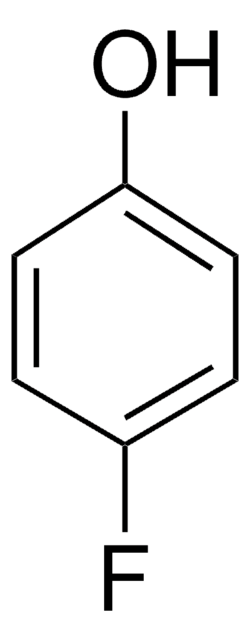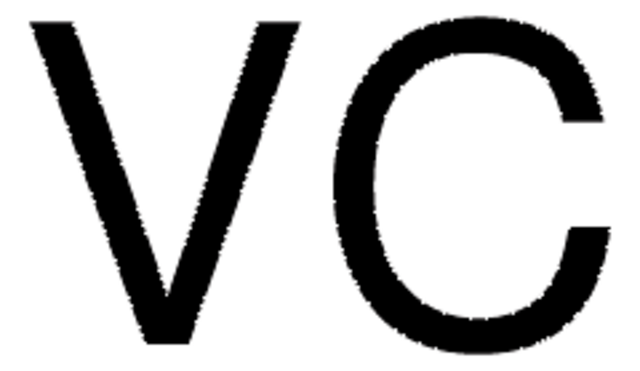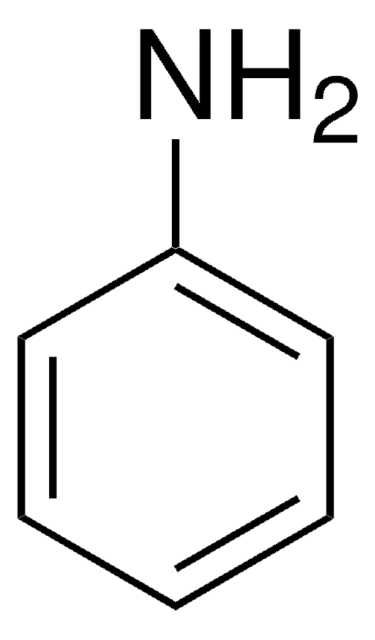634409
Zinc titanate
nanopowder, <100 nm particle size (BET), 99% trace metals basis
Synonym(s):
Zinc titanium oxide
About This Item
Recommended Products
Quality Level
Assay
99% trace metals basis
form
nanopowder
particle size
<100 nm (BET)
SMILES string
[Ti++].[O-]C([O-])=O
InChI
1S/3O.Ti.Zn/q;2*-1;;+2
InChI key
DJSKLKQRHSKRDZ-UHFFFAOYSA-N
Looking for similar products? Visit Product Comparison Guide
Related Categories
Legal Information
Signal Word
Warning
Hazard Statements
Hazard Classifications
Acute Tox. 4 Oral
Storage Class Code
11 - Combustible Solids
WGK
WGK 3
Flash Point(F)
Not applicable
Flash Point(C)
Not applicable
Personal Protective Equipment
Choose from one of the most recent versions:
Already Own This Product?
Find documentation for the products that you have recently purchased in the Document Library.
Articles
TiO2 exhibits wide band gap semiconductor and memristor properties electronically, with high opacity and UV absorbance optically.
Catalytic water splitting produces hydrogen crucial for renewable energy, petroleum refining, and chemical industry applications like methanol production.
Controlled synthesis of metal clusters regulates ligands and atoms, advancing metal nanomaterial synthesis.
Our team of scientists has experience in all areas of research including Life Science, Material Science, Chemical Synthesis, Chromatography, Analytical and many others.
Contact Technical Service








